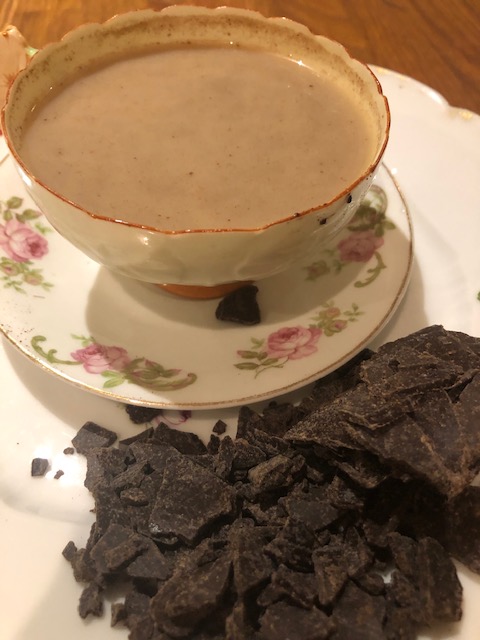
When John the Baptist lived off locusts and wild honey, his diet might have been sweeter than first meets the imagination. It is not unrealistic that he lived off the highly nutritious pods from the Carob Tree, aka the Locust Bean tree which grows in the Mediterranean region. I myself have chewed on these delicious pods, and nearly caused a riot in the stables of the hotel where I was staying, when I fed the horses carob pods. They got so excited that they tried to jump out of their stables, and I had to toss the pods into the stables and flee. It just goes to show you how much we all love a bit of sweetness.
But here is the interesting thing. Although carob is naturally sweet, it has a low glycaemic index, and studies demonstrate that it lowers blood sugar and cholesterol levels. More than that, it inhibits Ghrelin, our hormone of hunger, and the fibre from the pod keeps us full for longer. Carob assists weight loss.(1)
More than this, carob is very soothing to the digestive tract, and I love to combine it with Slippery Elm and Marshmallow for those who have raw sore intestines. This produces a very smooth and comfortable bowel movement without irritating an inflamed and painful tract.
Traditionally carob has also been used to soothe the lungs, and is said to act as a broncho-dilator, expectorant, and is used by asthmatics and those with smoking related lung conditions.
(1)^ Carob Pulp Preparation Rich in Insoluble Dietary Fiber and Polyphenols Enhances Lipid Oxidation and Lowers Postprandial Acylated Ghrelin in Humans. Sindy Gruendel, Ada L. Garcia, Baerbel Otto, Corinna Mueller, Jochen Steiniger, Martin O. Weickert, Maria Speth, Norbert Katz, Corinna Koebnick. The Journal of Nutrition, Volume 136, Issue 6, June 2006, Pages 1533–1538.doi.org/10.1093/jn/136.6.1533
Blood sugar reducing carob latte:
Add 2 teaspoons of carob powder to a cup of oat milk and warm.
Then stir in ½ teaspoon of cinnamon powder.
This makes a really tasty late night drink too.
